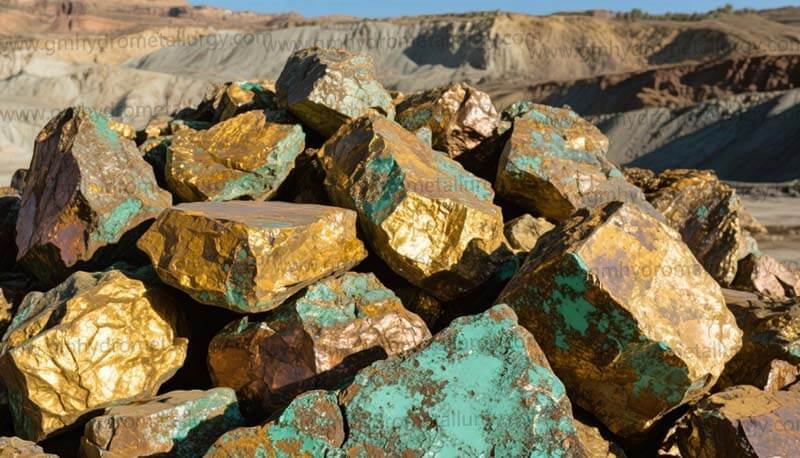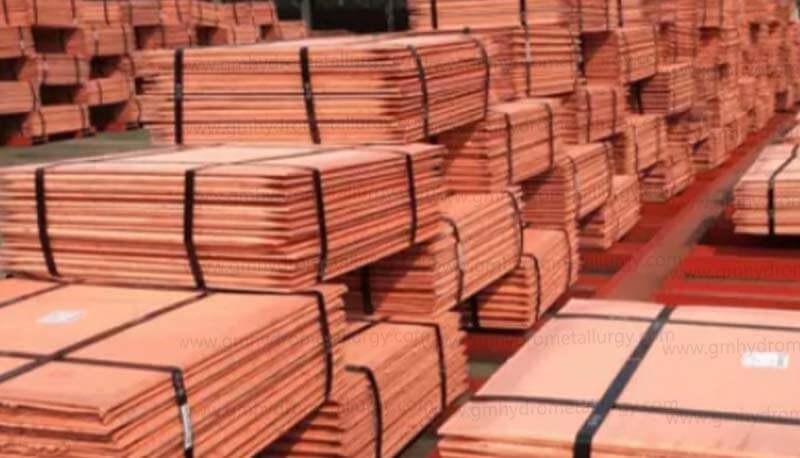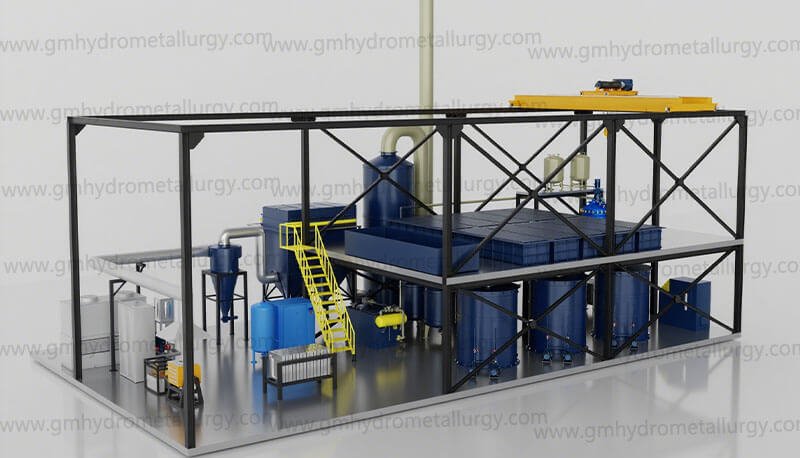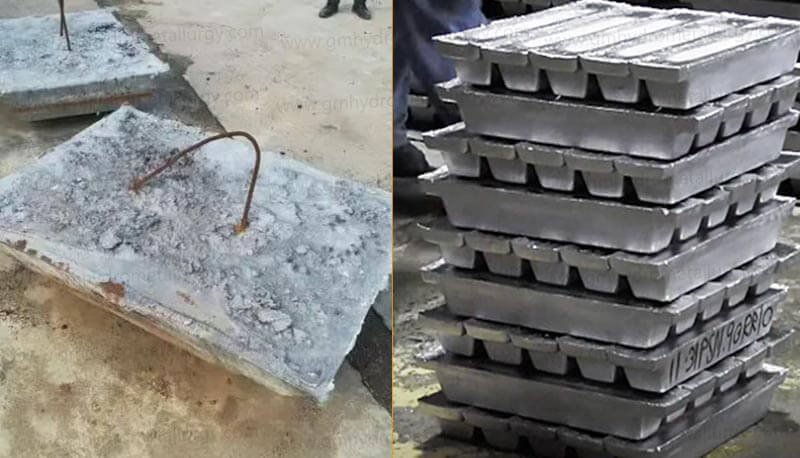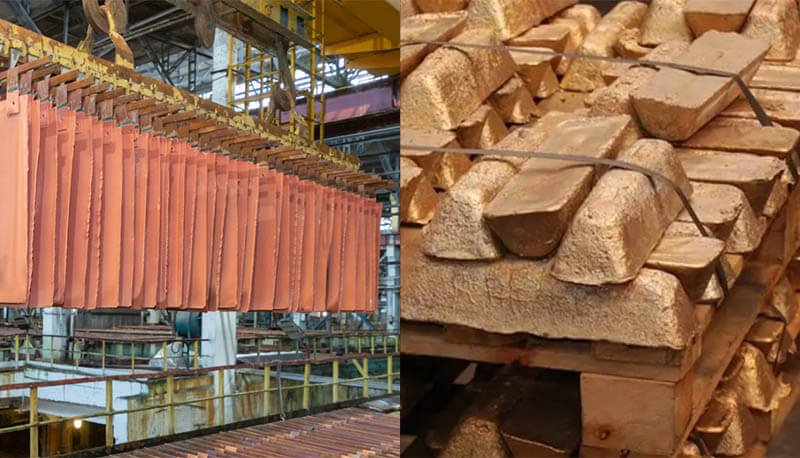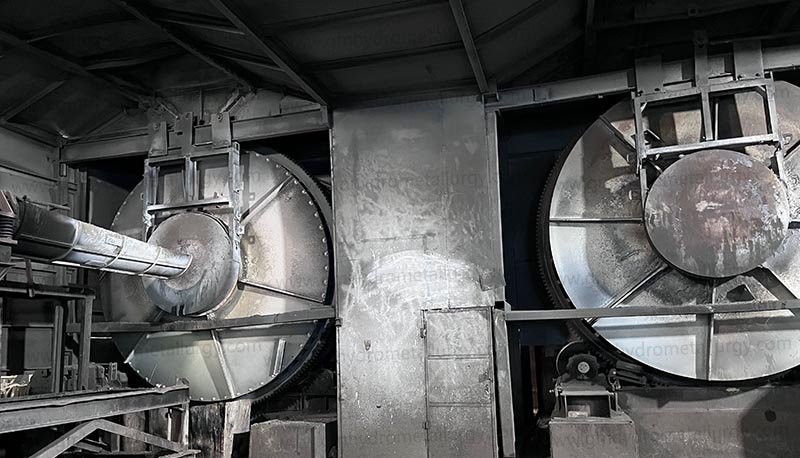Understanding copper ore processing plant cost is the critical first step for any mining project. It’s not just about buying equipment; it’s a complex investment with long-term implications.
What Truly Shapes Your Investment?
Forget simple quotes. Your final copper processing plant cost is dictated by a unique blend of factors:
1. The Ore Dictates the Cost
Sulfide vs. Oxide: Sulfide ores typically require more expensive flotation circuits, while oxide ores often use cheaper leaching methods. Complexity matters.
Grade & Mineralogy: Lower grade ore means processing more rock for the same copper output, increasing costs for crushing, grinding, and energy. Complex mineralogy may need sophisticated (costly) separation techniques.
Hardness: Harder ore demands more robust (and expensive) crushing and grinding equipment, consuming more power.
2. Processing Capacity is King
Scale: A small-scale modular plant (e.g., 50 TPD) has a vastly different copper plant capital expenditure than a large-scale operation (5,000+ TPD). Costs don’t scale linearly – larger plants benefit from economies of scale per ton but have higher absolute CAPEX.
3. Technology & Flow Sheet Choices
Complexity: A simple gravity separation circuit costs far less than a full flotation or hydrometallurgical setup. Include pre-concentration (like sensor-based sorting) if possible – it can significantly reduce downstream processing costs by removing waste rock early.
Equipment Quality & Origin: Premium, wear-resistant components cost more upfront but offer lower operational expenditure through longer life and less downtime. Balancing CAPEX and OPEX is crucial.
Automation Level: Advanced control systems increase initial copper mineral processing plant investment but optimize recovery, reduce operating costs, and enhance safety long-term.
4. Location, Location, Infrastructure
Site Accessibility & Preparation: Remote sites with difficult terrain dramatically increase costs for logistics, site preparation, and infrastructure development.
Infrastructure Availability: Proximity to reliable, affordable power supply, water sources, skilled labor, and transport networks (roads, rail, ports) is paramount. Building this from scratch is a major cost driver.
Environmental & Permitting: Stringent regulations influence plant design (e.g., water treatment, dust control, tailings management) and add significant costs for studies, permits, and compliance infrastructure. Tailings storage facility (TSF) costs are often underestimated.
5. The “Soft” Costs You Can’t Ignore
Engineering & Design: Robust feasibility studies and detailed engineering are non-negotiable for cost control but add to upfront copper ore plant setup cost.
Procurement & Construction Management: Efficient management is key to avoiding budget overruns.
Contingency: Always budget a significant contingency (typically 10-25%) for unforeseen challenges – geology surprises, inflation, delays.
Traditional vs. Modular: A Cost & Flexibility Comparison
Cost Factor| Traditional Plant | Modular Plant |
Initial CAPEX | Generally Higher | Often Lower (Faster build) |
Construction Time | Longer (18-36+ months) | Shorter (6-18 months) |
Site Work | Extensive foundations, civil works | Reduced foundations, less civil work |
Flexibility | Fixed design, harder to expand | Easier to expand or relocate |
Location | Suited to sites with good infrastructure | Better for remote/difficult sites |
Scalability | Large jumps in capacity costly | Phased capacity increases easier |
Optimizing Your Investment: Key Strategies
Ore Characterization is Paramount
Invest heavily in metallurgical testing. Knowing your ore intimately allows designing the most efficient and cost-effective flow sheet.
Embrace Pre-concentration
If geology allows, removing waste rock before fine grinding drastically reduces energy consumption and downstream plant size/cost.
Consider Modular Solutions
Especially for mid-sized or remote projects, modular plants can offer faster deployment, lower initial copper processing equipment cost, and future flexibility.
Lifecycle Cost Analysis
Don’t just focus on CAPEX. Evaluate equipment and technologies based on total cost of ownership (CAPEX + OPEX + maintenance).
Partner with Experts
Choose experienced engineering firms and equipment suppliers known for designing efficient, reliable plants tailored to specific ore types.
The Bottom Line on Copper Ore Processing Plant Cost
There is no single “price list.” Your copper ore processing plant cost is a highly customized figure, potentially ranging from $5 million for a small modular setup to $500+ million for a large, complex operation. The key is thorough due diligence:
Know your ore: Metallurgy is foundational.
Define realistic scope: Capacity, recovery targets, product quality.
Factor in ALL costs: CAPEX, OPEX, infrastructure, permits, contingency.
Explore modern solutions: Pre-concentration, modular design, automation.
Seek expert engineering: Optimize the flow sheet for your specific context.
By understanding these drivers and strategies, you move beyond sticker shock towards a viable, profitable copper processing investment. Ready to refine your project’s budget? Start with comprehensive ore testing and expert consultation.



